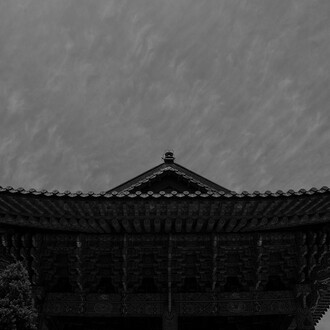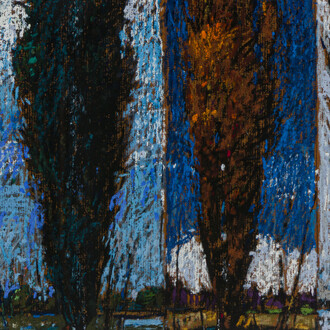The United States has long run a huge international trade surplus in plastic waste. We import cheap toothbrushes, bottles, keyboards, calculators, we throw them away, then we ship our garbage elsewhere—recently to our neighbors in Canada and Mexico, but up until 2015, Africa and China were the main recipients.
For decades, the outskirts of Harare, the capital city of Zimbabwe, once lush with vegetation, have been covered with the “recyclables” from world superpowers for as far as the eye can see. Western and Eastern colonizers, though largely gone in body, have been supplanted by a legacy of junk that engulfs the natural landscape.
Moffat Takadiwa sees the dark side of this inheritance, but he also views it as a source of hope. Second life, Takadiwa’s second solo exhibition at Nicodim New York, represents a rebirth of his community on the international stage and a celebration of its innovation, inspiration, and power. “This body of work represents the strong belief I have in humanity and a possible second chance to make a difference,” he explains.
To create the works, Takadiwa employs a small army of artisans he employs within a studio and project space he operates called Mbare Art Space. (Mbare is an urban enclave outside Harare historically defined by poverty and neglect.) His compositions are woven from materials recovered from a variety of dumping sites that surround Harare, as well as trash from a clothing factory. Under his close direction and mentorship, his team of craftspeople help him clean, polish, and fabricate the mixed media into sophisticated post-industrial fabrics, layered in both beauty and allegory.
To Takadiwa, this presentation is a testament to the energy generated via community, an exercise in resilience, and a symbol of the power of unity in the face of adversity. “Through this exhibition and my practice as a whole, I am repurposing dying spaces characterized by urban decay into a second life; worlds of hope, creativity, and joy.”
















